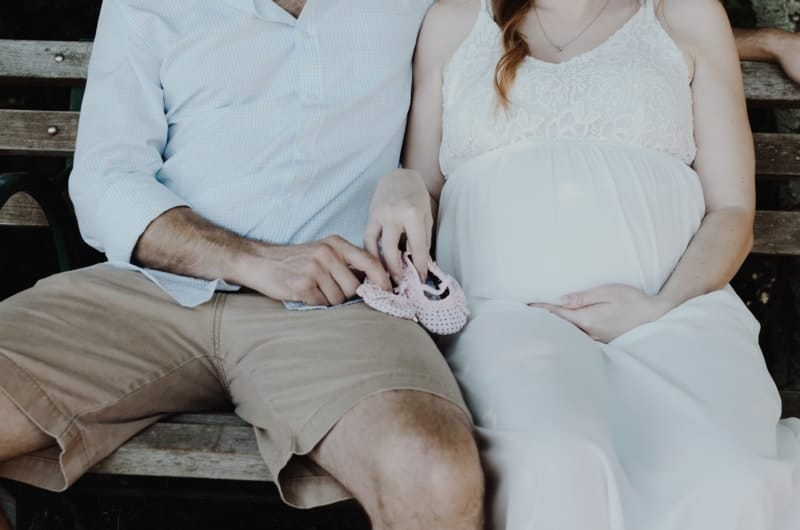
These are non-cancerous growths that come from the muscle layer of the uterus. Fibroids are commonly found in women of reproductive age. They can be single or multiple, have varying shapes and can be located inside the uterine cavity, within the walls of the uterus, or on the outer surface of the uterus. They are slow-growing (about 1-2cm a year) and will typically start to shrink once a woman reaches menopause.
Many women get pregnant naturally even when they have fibroids. Whether fibroids affect fertility depends on their size and location. Fibroids that cause infertility are typically the ones which grow and bulge into the uterine cavity (submucosal fibroids), where the embryos are supposed to implant and grow into a baby. These can cause problems with your periods (heavy periods, bleeding in between periods), infertility and/or increase your risk of pregnancy loss.
Your gynaecologist will need to take a detailed menstrual history and do a pelvic examination. A pelvic ultrasound is required to check the number, size and location of your fibroids. For fibroids that seem to be growing into the uterine cavity, a hysteroscopy may be recommended to check the degree of bulge.
As the uterus needs to be preserved for fertility, there is always a risk of fibroid recurrence.
After treatment, you will be advised by your gynaecologist on the time interval you should wait before trying to conceive – depending on whether the uterine cavity was breached, this may be for a few months or longer.